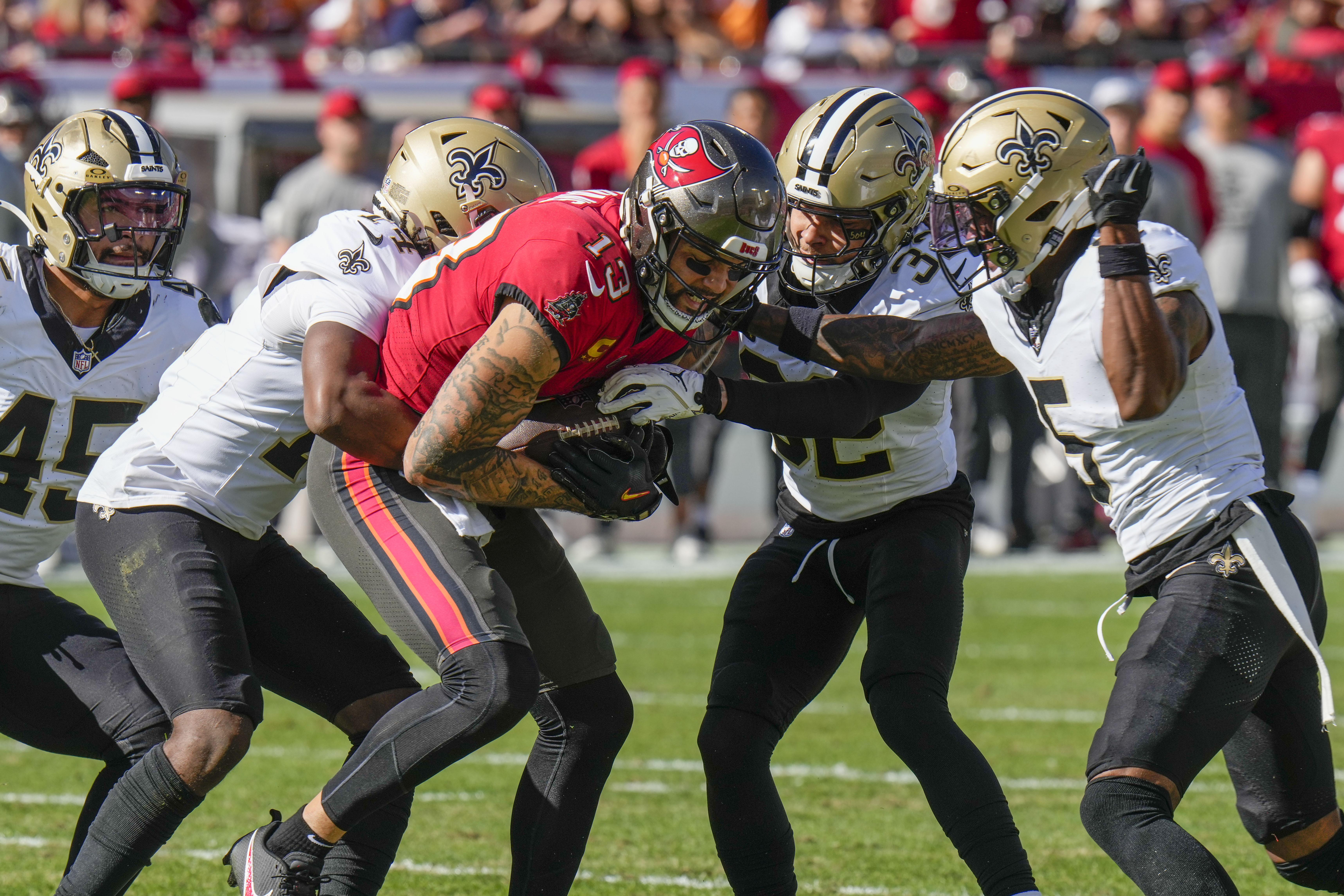The Cybersecurity Crunch: A Call for Action in German Infrastructure
As the digital landscape evolves and becomes increasingly intertwined with critical infrastructure, the looming threat of cyberattacks is a concern that can’t be overstated. The energy sector, in particular, finds itself vulnerable, a realization stressed by the Technische Werke Ludwigshafen (TWL) as they address their ever-present risks. With an EU directive aimed at reinforcing cybersecurity enforcement expected to take effect, questions abound regarding Germany’s readiness to implement these vital safeguards against a backdrop of ongoing geopolitical tensions and escalating cyber threats.
An illustration reflecting the significance of cybersecurity in today’s digital world.
A Reality Check on Cyber Vulnerabilities
In today’s complex world, businesses can no longer afford to be complacent about their digital security. Cybercriminals are relentless in their pursuit of sensitive data, a reality that TWL knows all too well. It’s a stark reminder of the critical importance of robust cybersecurity measures, especially within vital utility sectors. Thomas Mösl, the Technical Director at TWL, points out, “As operators of critical infrastructure, we are particularly vulnerable. The tense global political landscape and advancing digitalization lead to companies like ours being increasingly targeted by cyberattacks.”
Yet, even in the aftermath of their own encounter with significant data breaches in 2020, TWL has revamped their security protocols and invested heavily in information security management. This forward-thinking approach might serve as a model for other companies as they brace for the full implementation of the upcoming EU Network and Information Systems Directive (NIS-2).
New Regulatory Frameworks are Coming
The implementation of NIS-2 is poised to usher in a new era of rigorous cybersecurity requirements for companies, especially those operating critical infrastructures. Among the legislation’s mandates are regular security assessments, the establishment of comprehensive reporting protocols for security incidents, and the development of robust response plans.
Holger Berens, the head of the Federal Association for the Protection of Critical Infrastructures, emphasizes the proactive stance required for businesses to thwart potential cyberattacks. He notes that regular simulations of cyberattack scenarios will soon be essential to identify vulnerabilities before they can be exploited.
Investment in Cyber Resilience
Addressing cyber threats isn’t merely about compliance; it’s an imperative business strategy. As the Digital Association Bitkom points out, implementing comprehensive training and creating effective contingency plans are critical components of fostering a cybersecurity-aware culture within organizations. As organizations face the realities of potential economic losses from a successful cyberattack, the push for robust investments in cybersecurity becomes increasingly vital.
As reported, companies in Germany could anticipate financial implications in the billions as they adapt to these new regulations. Given this substantial commitment, smaller firms often deemed as softer targets could find themselves facing considerable challenges.
The Intersection of Cybersecurity and the NFL
Switching gears, let’s explore another arena where diligence and strategy hold tremendous significance: sports. In the NFL, new talents, like quarterback Bo Nix of the Denver Broncos, are making waves, showcasing not just athletic prowess but also the importance of mental resilience and strategic thinking on the field.
Following a recent victory over the New Orleans Saints, Head Coach Sean Payton lauded Nix for his steady hand during a competitive game. Reflecting on the rookie quarterback’s ability to keep the offense functioning effectively, Payton emphasized that Nix manages to avoid placing his team in precarious situations, a trait crucial for future successes in the league.
“When you watch him play, you don’t feel like you’re in harm’s way,” said Payton. “He’s tough to sack and has made many plays with his feet.”
Image: A snapshot of Bo Nix in action signifies the importance of strategic plays both on the field and regarding forward-looking decisions that organizations must make about cybersecurity efforts.
Bo Nix’s prowess on the field exemplifies strategic decision-making under pressure.
Future Moves and Strategic Decisions
As teams like the Denver Broncos look to solidify their roster and invest in future talent, other franchises within the division, such as the Kansas City Chiefs and Las Vegas Raiders, are also evaluating their positions ahead of the NFL trade deadline. The Chiefs, while currently enjoying a strong season, are recognized as needing additional receiving talent to support their quarterback, Patrick Mahomes.
On the Raiders’ side, a significant rebuilding effort is underway, prompting discussions about trading players who no longer fit into the team’s future plans—a strategy that mirrors corporate tactics in cybersecurity prioritization and resource allocation.
As organizations navigate both boardroom and locker room strategies, these two realms—cybersecurity and professional sports—reflect a deeper understanding of the necessity for readiness in the face of unforeseen adversity.
Conclusion: A Unified Approach to Risk Management
The pressing matters of cybersecurity in critical infrastructure and maintaining competitive teams in professional sports illustrate how vital proactive measures are across various sectors. Whether in the boardroom or the sports field, successful navigation requires foresight, adaptability, and a commitment to resilience. As major reforms loom in the cybersecurity landscape and talent acquisition heats up in the NFL, a keen eye on both preparing for psychological warfare and ensuring tactical advantages will serve industries well.
In the end, being prepared is not just a matter of compliance or strategy; it is about fortifying one’s future against an ever-evolving array of challenges, both cyber and athletic.
Visualization of a fortified digital environment reflecting the future of cybersecurity efforts.














